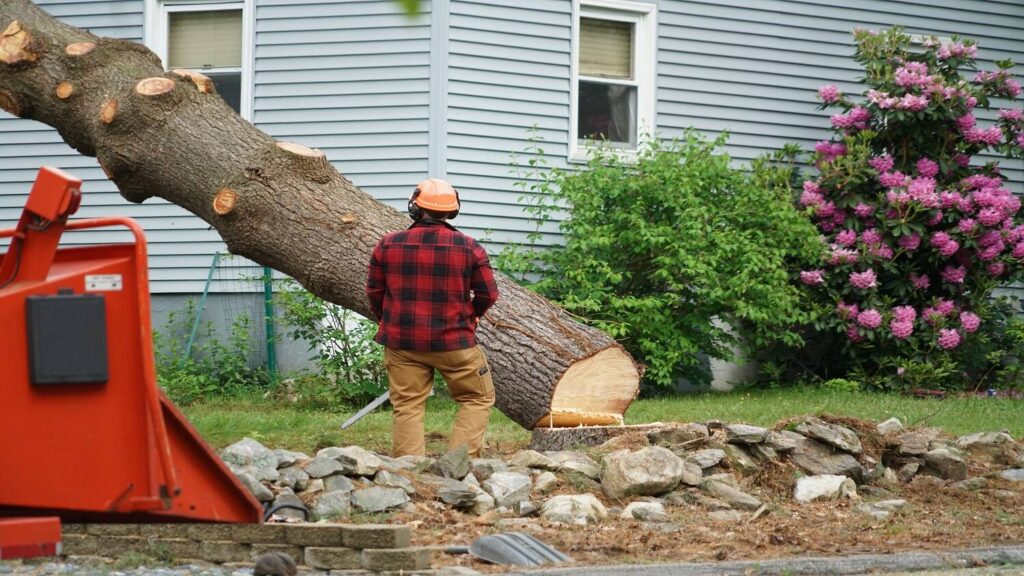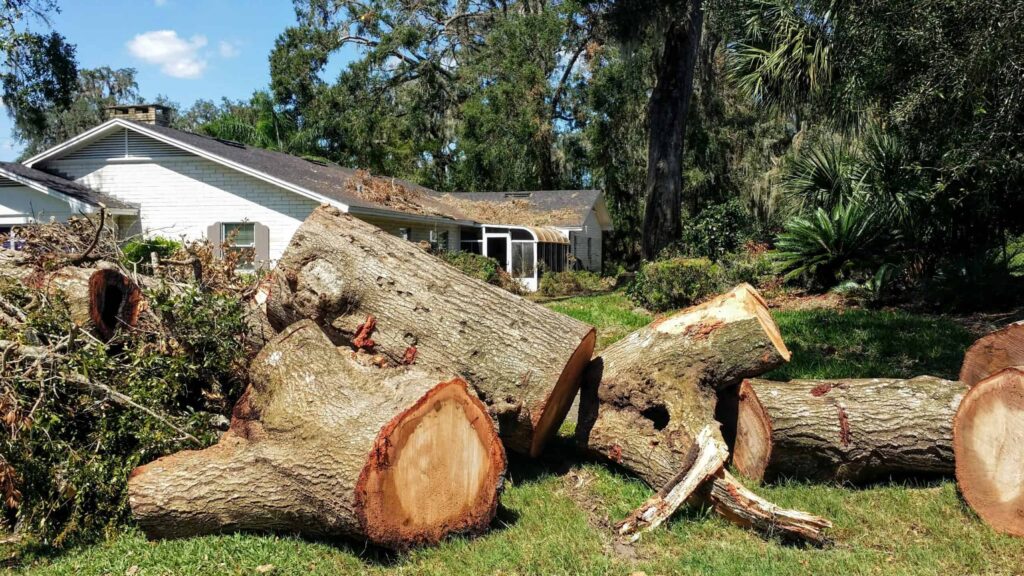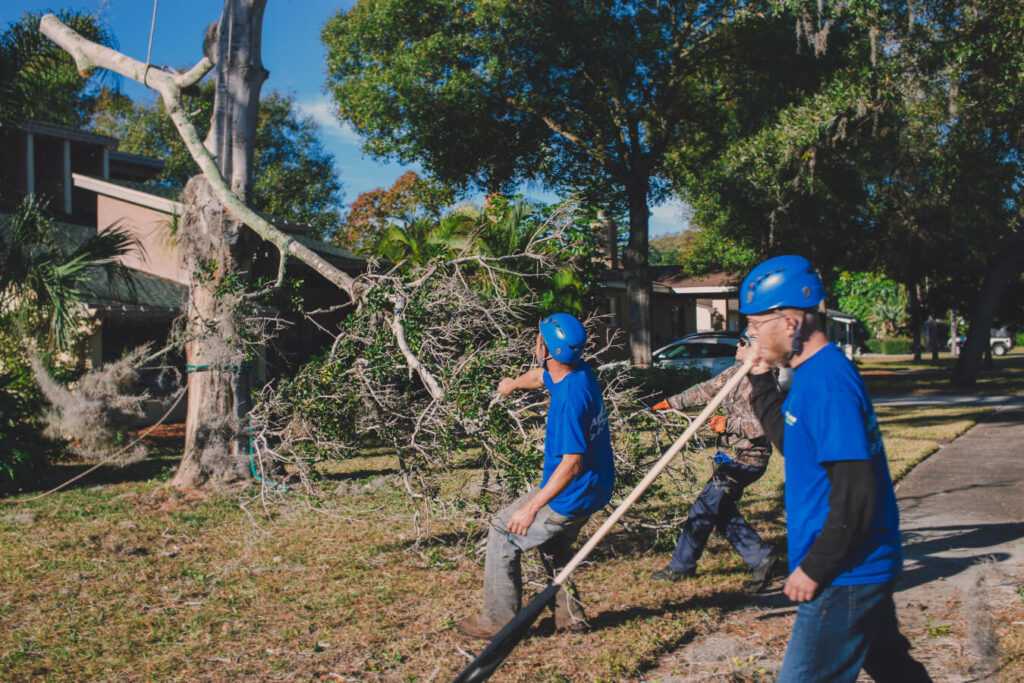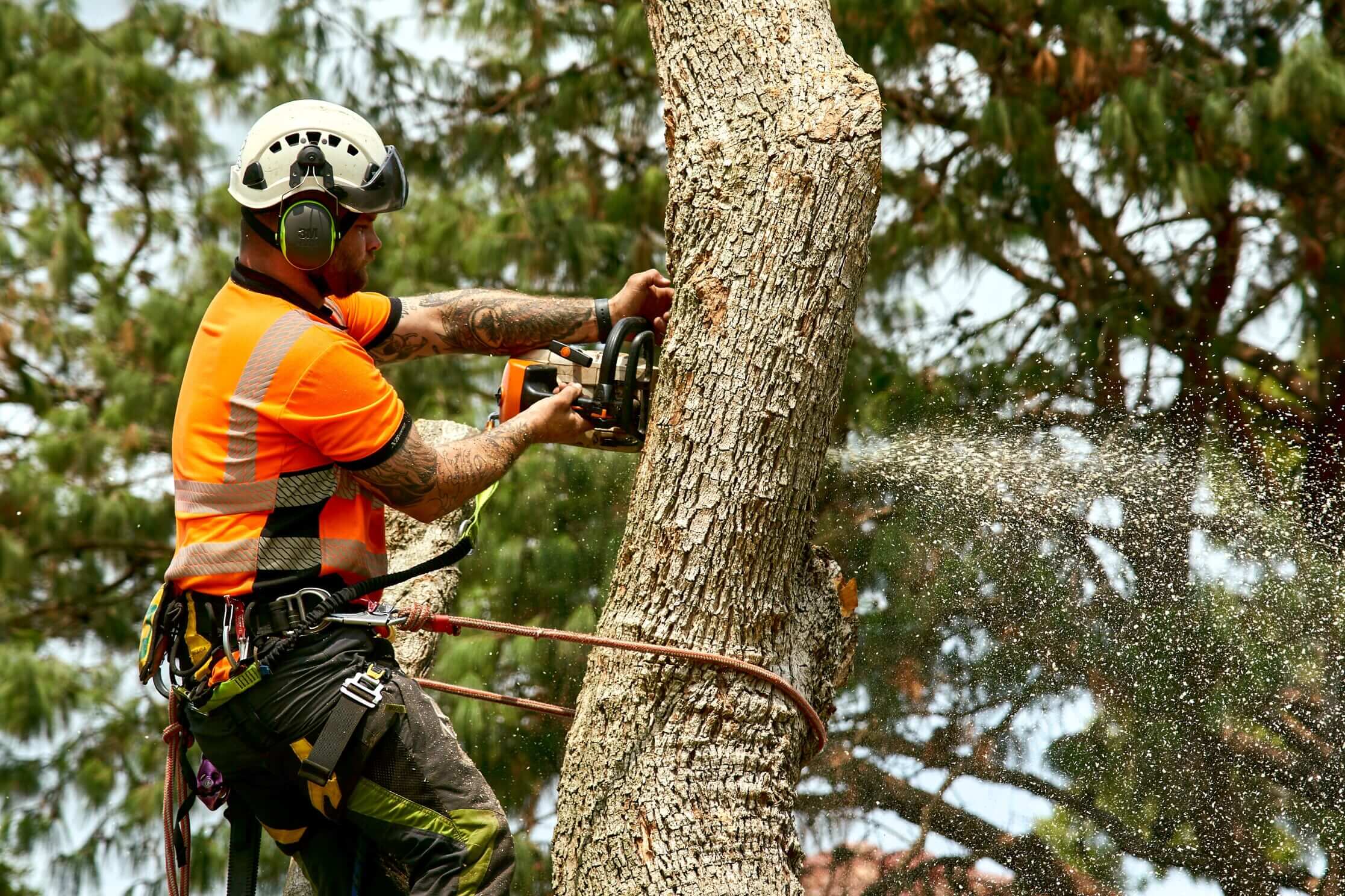The Blue Mountains region in Australia is known for its breathtaking natural beauty and lush green landscapes. However, amidst this scenic paradise, there are times when tree removal becomes necessary. Understanding the importance of tree removal in Blue Mountains requires considering the delicate balance between preservation and safety.
Understanding the Importance of Tree Removal in Blue Mountains
When it comes to tree removal Blue Mountains, it is crucial to strike a harmonious balance between the preservation of nature and ensuring the safety of the surrounding area. Trees provide numerous benefits such as shade, habitat for wildlife, and oxygen production. However, there are situations when a tree becomes hazardous, posing a threat to people, property, or other trees.
Tree removal is not a decision to be taken lightly. It requires careful consideration of various factors, including the health and condition of the tree, its location, and the potential risks it may pose. Preservation of nature is essential, but it should never compromise the safety of individuals or the integrity of the surrounding landscape.
The Balance Between Preservation and Safety
Preservation of nature is a fundamental principle, but it must be balanced with the need for safety. When a tree poses a risk due to disease, structural instability, or overgrowth, it becomes necessary to remove it. However, this decision should always be based on a thorough assessment by professionals who understand the complexities of tree health.
Tree removal professionals in Blue Mountains are well-versed in the delicate balance between preservation and safety. They have the expertise to evaluate the health of a tree and determine if it poses a risk. By considering factors such as the tree’s age, signs of disease or decay, and its proximity to structures or power lines, these professionals can make informed decisions about whether removal is necessary.

The Role of Professional Tree Removal Services
Tree removal is a specialized task best carried out by professionals with the expertise and equipment necessary to handle the job safely. Professional tree removal services in Blue Mountains play a vital role in maintaining the delicate balance between nature and safety. These experts have the knowledge and experience to assess tree health, identify risks, and execute the removal process efficiently and effectively.
When hiring professional tree removal services, you can expect a comprehensive approach to tree management. These professionals will conduct a thorough inspection of the tree, considering factors such as its overall health, structural integrity, and potential impact on the surrounding environment. They will then develop a customized plan for removal, taking into account any necessary precautions to ensure the safety of nearby structures, people, and other trees.
During the removal process, professionals will utilize specialized equipment and techniques to safely dismantle the tree. They will carefully remove branches and limbs, ensuring minimal impact on the surrounding area. In some cases, they may also use cranes or other heavy machinery to safely lower larger sections of the tree to the ground.
Once the tree has been removed, professional tree removal services will also offer additional services such as stump grinding or tree replanting. Stump grinding helps to eliminate any remaining traces of the tree, while tree replanting allows for the restoration of the natural landscape. You can also visit https://homesincasper.com/unlocking-the-real-estate-gem-sydneys-best-buyers-agent/ to get information about Sydney’s best buyers agent.
In conclusion, tree removal in Blue Mountains requires a delicate balance between preservation and safety. While trees provide numerous benefits, there are situations when their removal becomes necessary to protect people, property, and other trees. Professional tree removal services play a crucial role in maintaining this balance, ensuring that tree removal is carried out safely and efficiently while considering the overall health and well-being of the surrounding environment.
The Process of Tree Removal in Blue Mountains
The process of tree removal in Blue Mountains involves several stages to ensure safety and minimal impact on the environment.
Initial Assessment and Planning
Before any tree removal takes place, a thorough assessment is conducted. Qualified arborists evaluate the tree’s health, structural stability, and potential risks. They carefully inspect the tree, looking for signs of disease, decay, or any other factors that may compromise its integrity. They also consider the tree’s location and its proximity to buildings, power lines, or other structures.
Based on their findings, a detailed plan is developed. This plan takes into account various factors, such as the tree’s height, the equipment needed for removal, and the potential impacts on nearby flora and fauna. The arborists carefully consider the best approach to safely remove the tree while minimizing any negative effects on the surrounding environment.
During the planning stage, the arborists also obtain any necessary permits or permissions required for tree removal. They ensure that all legal and environmental regulations are followed to maintain the integrity of the Blue Mountains’ natural landscape.
Execution and Clean-up
Once the assessment and planning stage is complete, the removal process begins. Professionals equipped with specialized tools and equipment carefully execute the removal. They may use techniques such as directional felling or dismantling the tree in sections, depending on the tree’s size, location, and surrounding structures.
Throughout the removal process, safety measures are prioritized. The professionals take precautions to prevent any damage to nearby structures or harm to themselves or others. They may use ropes, harnesses, and other safety equipment to ensure a controlled and safe removal.
After the tree is successfully removed, the clean-up process follows. The professionals take care to remove any debris, branches, or other remnants left behind. They also ensure that the site is left in a tidy condition, minimizing any impact on the surrounding environment.
In some cases, the removed tree may be chipped or mulched on-site, providing a useful resource for landscaping or gardening purposes. This sustainable approach allows the tree to be repurposed and reduces waste.
Throughout the entire process, the professionals prioritize the preservation of the Blue Mountains’ natural beauty and ecosystem. They strive to minimize any disruption to the environment and ensure that the tree removal is carried out in a responsible and sustainable manner.
Safety Measures in Tree Removal
Tree removal inherently involves risks, both to workers involved in the process and to residents in the vicinity. Strict safety measures must be followed to mitigate these risks.
When it comes to tree removal, safety is of paramount importance. The process requires careful planning and execution to ensure the well-being of everyone involved. Let’s take a closer look at the equipment, techniques, and protocols that professionals employ to carry out safe tree removal.

Equipment and Techniques for Safe Tree Removal
Professional tree removal services utilize state-of-the-art equipment and techniques to ensure the safety of workers and the efficient removal of trees. These experts understand the importance of using the right tools for the job.
One of the key pieces of equipment used in tree removal is the crane. Cranes provide the necessary lifting power to safely remove large trees without causing damage to surrounding structures or endangering workers. Rigging systems are also employed to secure heavy branches and trunks, ensuring controlled and safe removal.
Additionally, professionals rely on cutting-edge climbing gear to access trees safely. This gear includes harnesses, ropes, and specialized climbing equipment that allow workers to navigate the tree’s branches with ease and confidence.
Safety Protocols for Workers and Residents
Prioritizing safety involves implementing strict protocols for workers and residents during tree removal. Professionals understand that effective communication and education are vital in minimizing risks and ensuring a smooth process.
Workers involved in tree removal undergo comprehensive training in hazard identification, safety procedures, and emergency preparedness. This training equips them with the knowledge and skills necessary to handle any unexpected situations that may arise during the removal process.
Furthermore, professionals take adequate measures to inform and educate residents about the planned tree removal. Clear communication channels are established to keep residents updated on the removal schedule, potential risks, and any temporary disruptions that may occur.
By involving residents in the process and addressing their concerns, professionals create a safer environment for both workers and the community. This collaborative approach fosters trust and ensures that everyone is aware of the necessary precautions to take during the tree removal process.
As you can see, tree removal goes beyond simply cutting down a tree. It requires a comprehensive understanding of safety measures, the use of specialized equipment, and effective communication with residents. By following these protocols, professionals ensure that tree removal is carried out efficiently and, most importantly, safely.
Environmental Impact and Sustainability
When it comes to tree removal, many people may initially think that it goes against the principles of environmental preservation. However, it is important to note that there are steps taken to minimize the impact and ensure sustainability in this process.
Professional tree removal services in Blue Mountains understand the importance of preserving the delicate balance of the ecosystem. They employ various techniques to minimize damage to the surrounding flora and fauna, ensuring that the impact is kept to a minimum. Careful pruning techniques are used to remove branches and limbs without causing harm to the rest of the tree or the surrounding vegetation. Controlled felling is another method employed, where trees are carefully cut down in sections to prevent any unnecessary damage to the environment. Additionally, strategic use of equipment helps to further reduce the impact on the ecosystem.

Minimizing Damage to Surrounding Flora and Fauna
One of the key considerations in tree removal is the preservation of the surrounding flora and fauna. By employing these techniques, professional tree removal services in Blue Mountains are able to remove hazardous trees without causing significant harm to the ecosystem. This ensures that the natural balance of the environment is maintained, allowing other plants and animals to thrive.
Furthermore, these tree removal services often work closely with environmental experts to assess the potential impact on the local wildlife. By identifying any sensitive areas or habitats, they can take additional precautions to minimize disruption. This may involve adjusting the timing of the removal or implementing specific measures to protect vulnerable species.
Tree Replacement and Reforestation Efforts
It is important to note that tree removal is not carried out without a plan for the future. In many cases, tree removal is followed by tree replacement and reforestation efforts. This ensures that the ecological balance is restored and the natural beauty of the Blue Mountains is preserved for generations to come.
When selecting replacement trees, native species are often chosen. Native trees are well-adapted to the local environment and provide essential habitat and food sources for native wildlife. By planting these trees, the ecosystem can begin to recover and flourish once again.
Reforestation efforts are not limited to simply planting trees. They also involve ongoing care and maintenance to ensure the survival and growth of the newly planted trees. This may include regular monitoring, watering, and protection from pests or diseases. By investing in these efforts, tree removal services in Blue Mountains demonstrate their commitment to long-term sustainability and environmental stewardship.
Legal and Regulatory Aspects of Tree Removal
Tree removal in Blue Mountains is subject to legal and regulatory requirements to protect both the environment and public safety.
Necessary Permits and Compliance
Prior to tree removal, obtaining necessary permits and complying with local regulations is essential. This ensures that the removal is carried out legally and in adherence to environmental protection laws. Qualified arborists and professional tree removal services assist in navigating the permits and compliance processes.
Understanding Local Tree Protection Laws
Blue Mountains has specific laws in place to protect trees on public and private property. These laws regulate issues such as pruning, removal, and replanting. Understanding these laws is crucial to ensure compliance and avoid unnecessary penalties.
Tree removal in Blue Mountains is a delicate process that requires expertise, careful planning, and a commitment to safety. By understanding the importance of tree removal, implementing safety measures, and considering the environmental impact, we can ensure the preservation of this beautiful region while prioritizing the safety of its residents and visitors.

